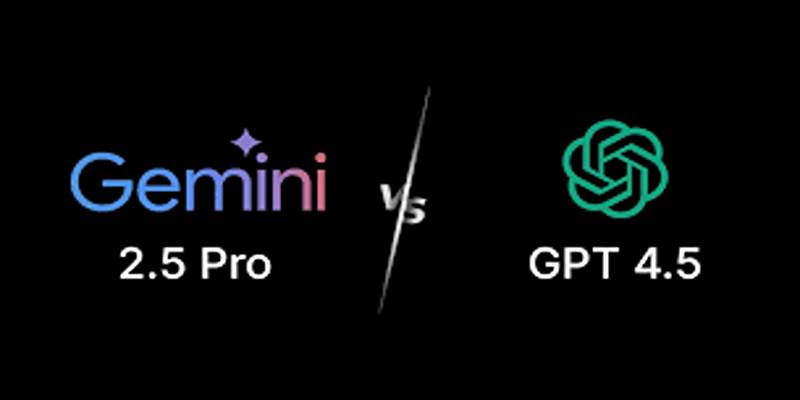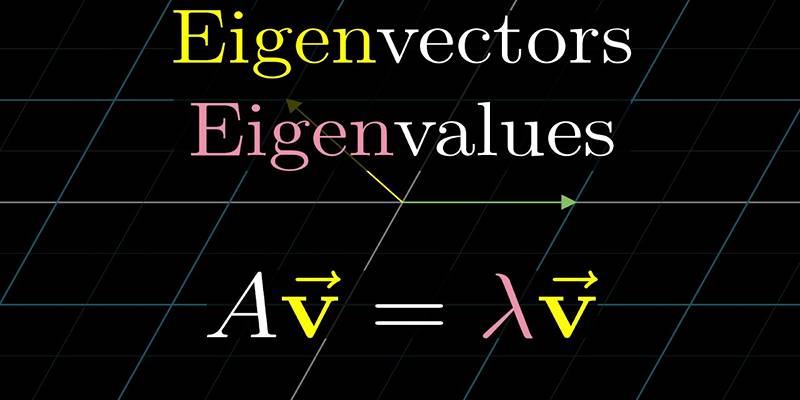Google has officially unveiled Gemma 3, the next-generation open AI model that aims to bridge high performance with accessibility. Built with a strong emphasis on flexibility and efficiency, Gemma 3 is designed to run on a wide range of hardware while delivering results that rival some of the largest models on the market.
This post explores everything about Gemma 3—from its features and benchmarks to real-world performance and how developers can start using it. Whether someone is building smart assistants or translating content across languages, Gemma 3 provides the tools to do it more effectively.
What is Google’s Gemma 3?

Gemma 3 is part of Google’s line of open-weight AI models, released to help developers, researchers, and businesses create AI-powered applications with ease. Unlike some closed models that restrict usage or require massive infrastructure, Gemma 3 is designed to be adaptable.
With model sizes ranging from 1 billion to 27 billion parameters, it offers options for everything from small devices to powerful data centers. It also introduces new capabilities in text generation, multimodal input processing, and language understanding.
Key Features of Gemma 3
Gemma 3 includes several improvements that make it stand out in today’s competitive AI market.
- Multiple Model Sizes:
Developers can choose from four different sizes: 1B, 4B, 12B, and 27B. This flexibility ensures the model can be tailored to specific memory and speed requirements. - Extended Context Window:
Gemma 3 supports up to 128,000 tokens of context. It means it can handle long inputs like technical documents, books, or legal papers without losing the thread. - Multilingual Capabilities:
Supporting more than 140 languages, the model can be used globally, enabling localization and multilingual support in AI applications. - Multimodal Support:
Gemma 3 can understand both text and image inputs, allowing developers to build more interactive and visually aware systems. - Optimized for Speed and Devices:
It has been engineered to perform efficiently on a wide range of devices, including consumer laptops, GPUs, and Google Cloud’s TPUs.
These features make Gemma 3 highly suitable for everything from mobile apps to enterprise-level tools.
Performance Benchmarks
Google has put a lot of effort into optimizing Gemma 3’s speed and quality. According to evaluations and comparisons, its performance is impressive for its size and hardware needs.
How Gemma 3 Performs Against Competitors
Before jumping into implementation, developers often want to know: how does it stack up? Google has shared several benchmark results to highlight its capabilities.
- Chatbot Arena Results:
In human-rated chatbot comparisons, the 27B parameter version of Gemma 3 scored an Elo of 1338. This ranking puts it ahead of many larger models, including some with over 30B parameters. - Efficiency on GPUs:
It delivers around 98% of the performance of comparable large models—such as DeepSeek’s R1—while running on a single NVIDIA H100 GPU. This level of efficiency is valuable for organizations with limited computing power. - Accuracy and Understanding:
The model shows a strong understanding of complex instructions and generates responses with coherence and relevance, even on long or multilingual prompts.
In simple terms, Gemma 3 brings near state-of-the-art quality while staying lightweight and easier to run.
Implementation: How Developers Can Start Using Gemma 3
One of the strongest points of Gemma 3 is its ease of use and integration. Google has made sure it fits seamlessly into existing development environments and tools.
Developers can get started in the following ways:
- Google AI Studio:
A browser-based platform to try Gemma 3 instantly. No installation is needed, and it allows developers to test prompts and analyze responses. - Google GenAI SDK:
With an API key, developers can connect to the model through Google’s SDK and embed it into their apps and tools. - Popular Framework Support:
Gemma 3 is compatible with Hugging Face Transformers, JAX, Keras, and PyTorch. It allows developers to work within their preferred framework without having to learn something new. - Deployment Options:
Whether on a laptop, Google Cloud, or even a custom server with AMD or NVIDIA GPUs, Gemma 3 can be deployed flexibly. It supports deployment via ROCm for AMD GPUs, making it open to more hardware setups.
These options ensure that developers can experiment, scale, and roll out AI models quickly.
Use Cases and Applications

Gemma 3’s capabilities make it ideal for a wide range of real-world applications.
Practical Applications of Gemma 3
With its extended context window, multilingual abilities, and multimodal input support, Gemma 3 can be used in various industries and domains. Some use cases include:
- Smart Chatbots and Virtual Assistants:
Its long memory and fast response time make it perfect for natural-sounding conversations and customer support bots. - Content Generation Tools:
From blog posts to product descriptions, Gemma 3 can generate readable, context-aware content at scale. - Language Translation and Localization:
The model’s global language support allows companies to build translation engines and localize content efficiently. - Document Summarization:
Thanks to the large token window, it can process and summarize long legal, research, or technical documents accurately. - Image-and-Text Applications:
With its ability to understand both visual and textual data, developers can build tools that describe images, extract insights, or provide accessibility features.
These diverse applications show how Gemma 3 can power smarter solutions across industries like healthcare, education, retail, and more.
Why Gemma 3 Matters in Today’s AI World
In a landscape filled with closed AI systems and massive computing requirements, Google’s Gemma 3 stands out by making powerful AI more accessible. It strikes a balance between performance and resource use—ideal for startups, researchers, and developers who want to build intelligent solutions without spending a fortune on infrastructure. Moreover, its open-weight nature encourages transparency, experimentation, and collaboration within the AI community.
Conclusion
Google’s Gemma 3 is more than just another AI model. It reflects a step forward in making high-quality artificial intelligence available to everyone—from solo developers to large enterprises. With impressive benchmarks, flexibility in deployment, and support for modern development tools, it opens up new possibilities in AI-driven applications. Whether someone is building a new chatbot, analyzing global news, or translating an entire website, Gemma 3 offers the right blend of power, speed, and simplicity to get the job done.











